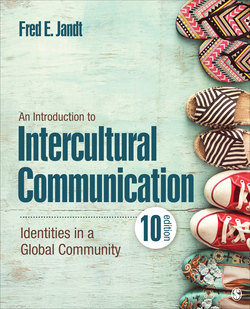Читать книгу An Introduction to Intercultural Communication - Fred E. Jandt - Страница 128
На сайте Литреса книга снята с продажи.
Population
ОглавлениеIn terms of land area, China is slightly smaller than the United States. It’s also the most populous country in the world. Its population was estimated to be 1.38 billion as of 2018, or about 4.2 times as many people as in the United States. China’s population accounts for a little less than one-fifth of the entire human race. Some estimates are that China has more than 160 cities whose population exceeds 1 million; the United States has 10. Over 91% of Chinese are of Han ethnicity. The government officially recognizes 56 other ethnic groups, and social harmony is one of the ideological underpinnings of the Chinese Communist Party. Yet ethnic unrest does exist. The northwestern-most region of China has seen frequent confrontations between the Uighurs, a Turkic-speaking Muslim people, and the Han Chinese who are perceived as a colonial power.
Largely due to its former one-child policy, China’s population is aging. China’s population is projected to have peaked at 1.44 billion in 2019 and then to decline. In 1980, the median age was 22.1. In 2018, it had risen to 37.7 (United States is 38.2; world is 30.6). One forecast is that by 2050, it will be 46.3. The consequence is that by mid-century China will have a smaller percentage of people in its workforce and a much larger percentage drawing pensions. To address the demands of the aging population, a new policy became effective in 2016 allowing all couples to have two children.
